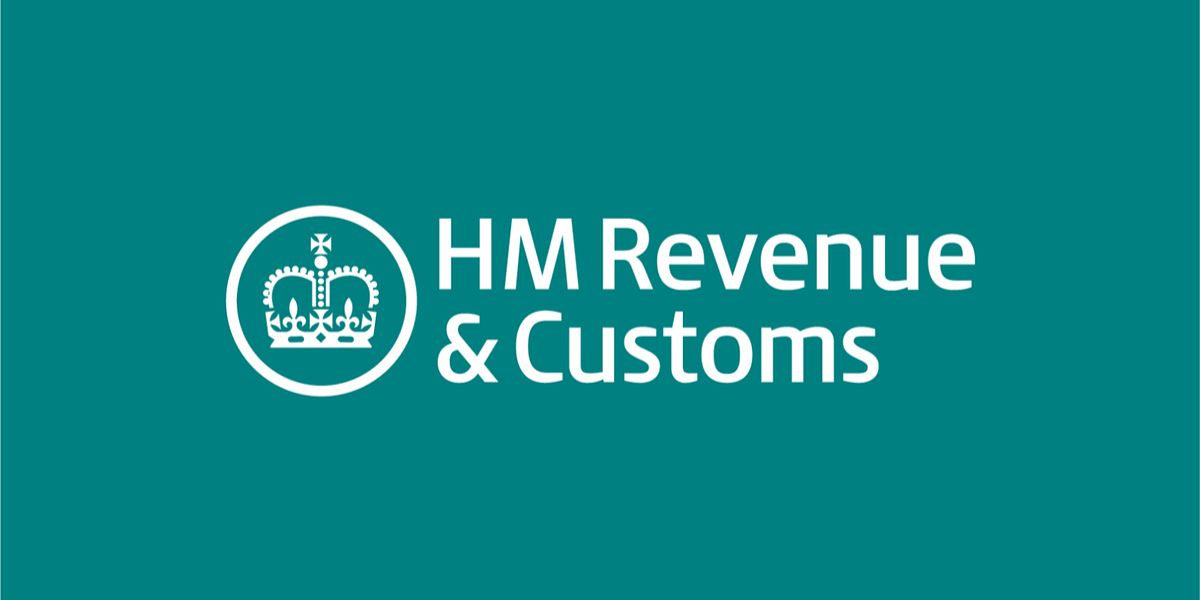On 2 March 2023 HMRC published research that they had commissioned on the taxpayer decision-making process for acquiring compatible software for operation of the Making Tax Digital (MTD) rules. Insights gained from the research will serve as input for future guidance and support for businesses and will help HMRC to make improvements in their ongoing collaboration with software developers and vendors.
Making Tax Digital
The Making Tax Digital (MTD) rules would require most businesses to submit returns electronically using accounting software that is compatible with HMRC’s own systems. MTD for VAT came into effect from 1 April 2019, requiring VAT-registered businesses above the relevant threshold to prepare and send in their VAT returns using compatible software and to keep the relevant records digitally. From April 2022 compulsory MTD for VAT has covered all VAT-registered businesses.
Under MTD for corporation tax all businesses within the charge to corporation tax would need to keep digital records; use compatible software to provide quarterly summaries of income and expenditure; and send in an annual corporation tax return using the software. A voluntary pilot scheme for MTD for corporation tax is to be launched in April 2024, and the scheme would then become compulsory from 2026 at the earliest.
Self-employed individuals and landlords will be required to keep digital records and provide quarterly details of their income and expenditure through MTD-compatible software from April 2026
if their annual income is more than GBP 50,000. For self-employed and landlords with annual income between GBP 30,000 and GBP 50,000 this will be required from April 2027. Taxpayers will have the chance to operate MTD voluntarily at an earlier date.
Choosing MTD-compatible software
Under the MTD rules businesses would submit tax returns from their digital records using MTD-compatible software. The software is provided by independent suppliers and acquisition of the software by the taxpayer is a business decision. HMRC currently publishes on its website information about the available software, but the feedback from taxpayers indicates that they expect more support from HMRC in choosing the most suitable product.
The participants in the survey had different experiences of selecting MTD-compatible software as a result of their individual circumstances and capabilities. These differences affected their levels of preparedness for choosing and adopting the compatible software and affected their experience of the decision-making process.
All businesses surveyed faced challenges such as confusion about the meaning and implications of MTD; feeling overwhelmed when faced by the software options; a lack of confidence in their software choice; and a concern when using the software that it was unsuitable for their business.
When choosing compatible software the businesses prioritised cost considerations, including the ongoing costs and the time costs. They looked at the ease of use of the software by comparison to their current record keeping system, and at features such as compatibility with their other systems. They listened to the recommendations of their agents or other similar businesses; and gave attention to the security and reliability of the software. If there was previous experience of the software in the business this was relevant to their decision.
Further help required from HMRC
The businesses considered that HMRC could help them with some important parts of the decision-making process, including filtering the software options to meet their particular needs. HMRC could help the businesses to be more confident about their choice of software by offering free trials or useful information. HMRC could also help businesses understand how to submit their returns using the MTD software and how to use it most efficiently.


















